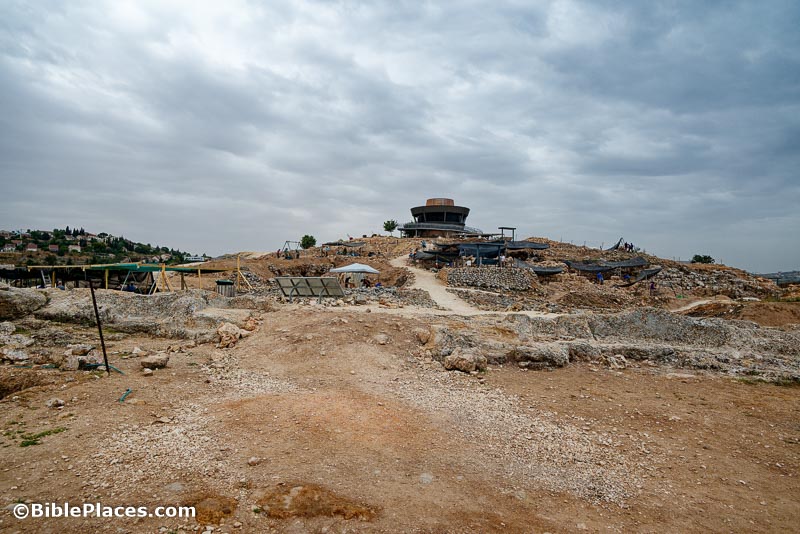Turkey has launched a new ship for underwater archaeology that is considered to be one of the largest archaeological vessels in the world.
NY Times: “A 2,000-year-old collection of medical tools, recently unearthed in Hungary, offer insight into the practices of undaunted, much-maligned Roman doctors.”
Melissa Cradic explains the value of the the open-access web exhibition, “Unsilencing the Archives: The Laborers of the Tell en-Naṣbeh Excavations (1926-1935).”
Zoom lecture on June 23, 10:00am ET: “Beyond Impressions: Cylinder Seals of the Neo-Assyrian Period as Experiential Object,” by Kiersten Neumann (Zoom link)
New release: Picturing Royal Charisma: Kings and Rulers in the Near East from 3000 BCE to 1700 CE, edited by Arlette David, Rachel Milstein, Tallay Ornan (Archaeopress, £32; open access ebook)
New release: Être et paraître. Statues royales et privées de la fin du Moyen Empire et de la Deuxième Période intermédiaire (1850-1550 av. J.-C.), by Simon Connor, is available for free here.
Walking The Text’s recommended resource of the month is Peoples of the New Testament World, by William A. Simmons. (Also available on Logos.)
If you are not familiar with the Lanier Center for Archaeology, you can find out more about their programs here.
New video from World History Encyclopedia: “The Famous Baths of the Roman Empire”
Mark Hoffman has been thinking about AI and biblical art.
HT: Agade, Explorator
The excavations at Shiloh are most impressive in terms of their size and enthusiastic workers. They are making good progress in achieving their goals, and I look forward to forthcoming announcements.
